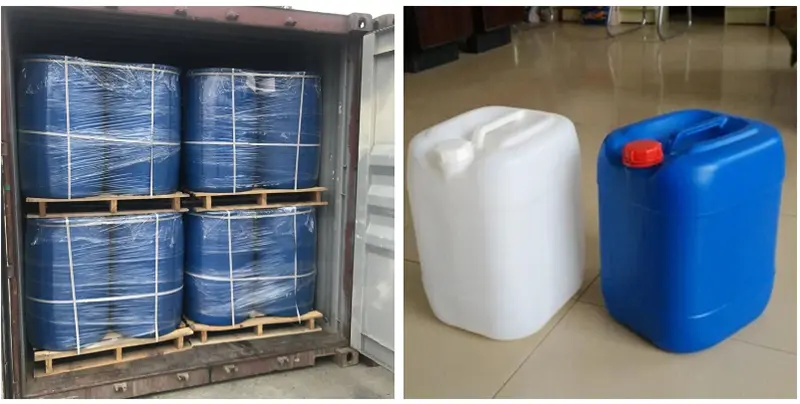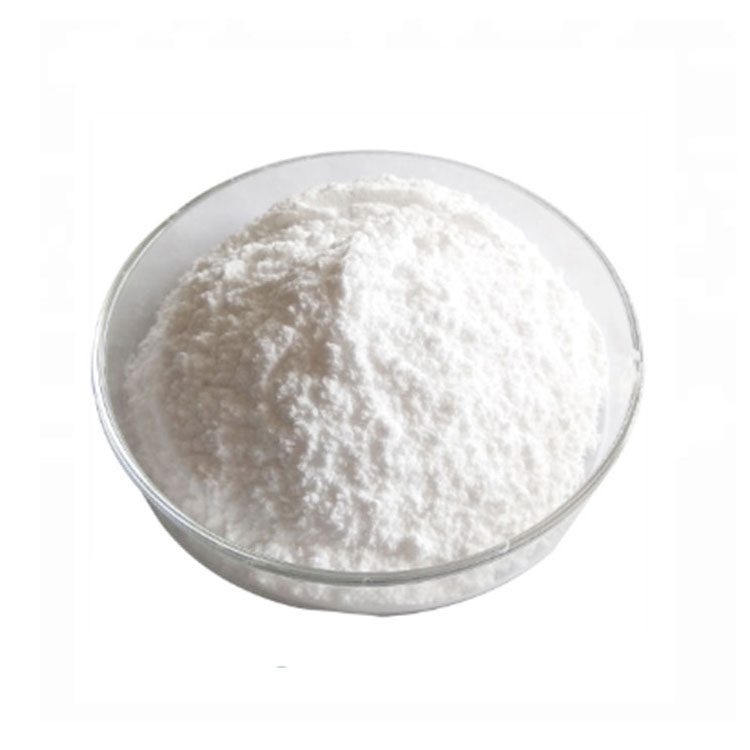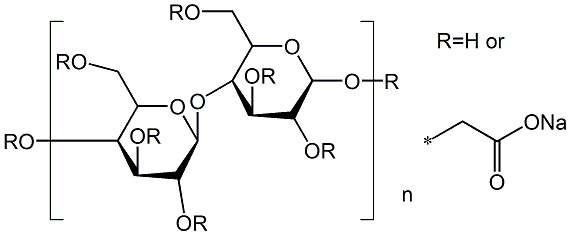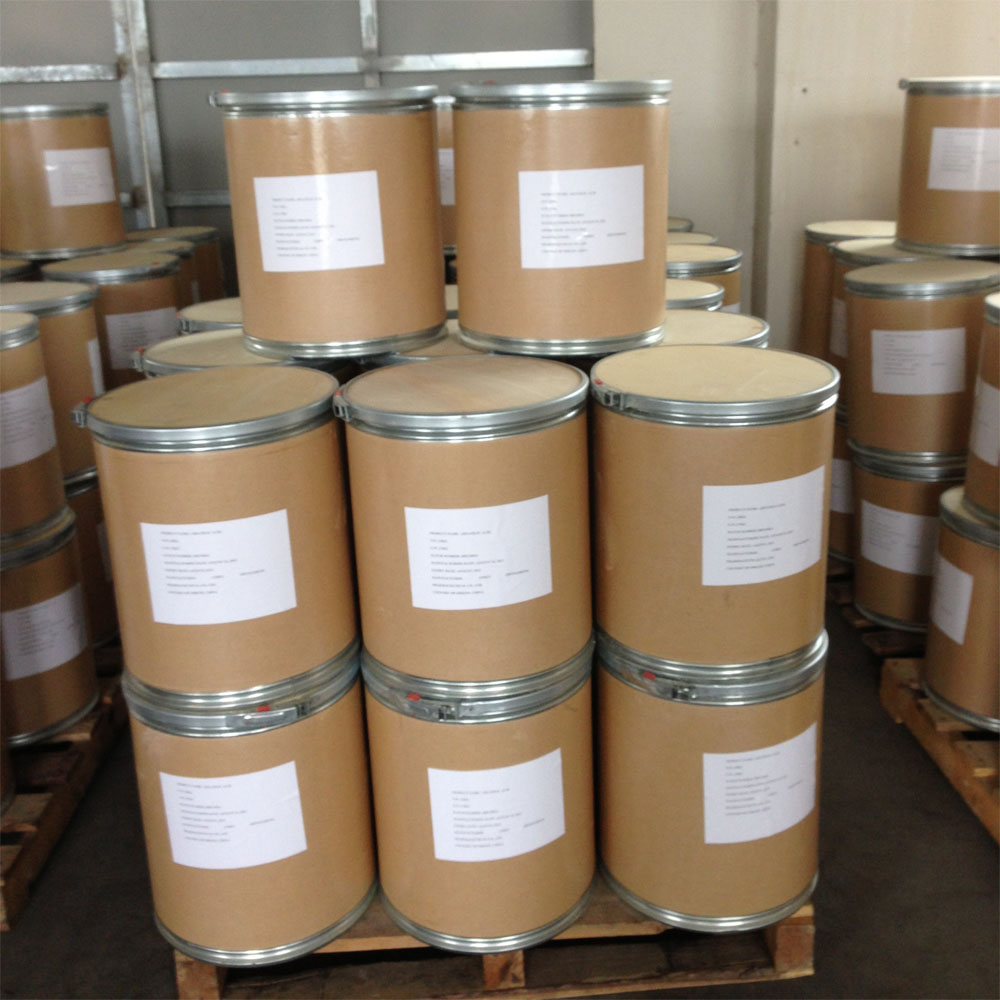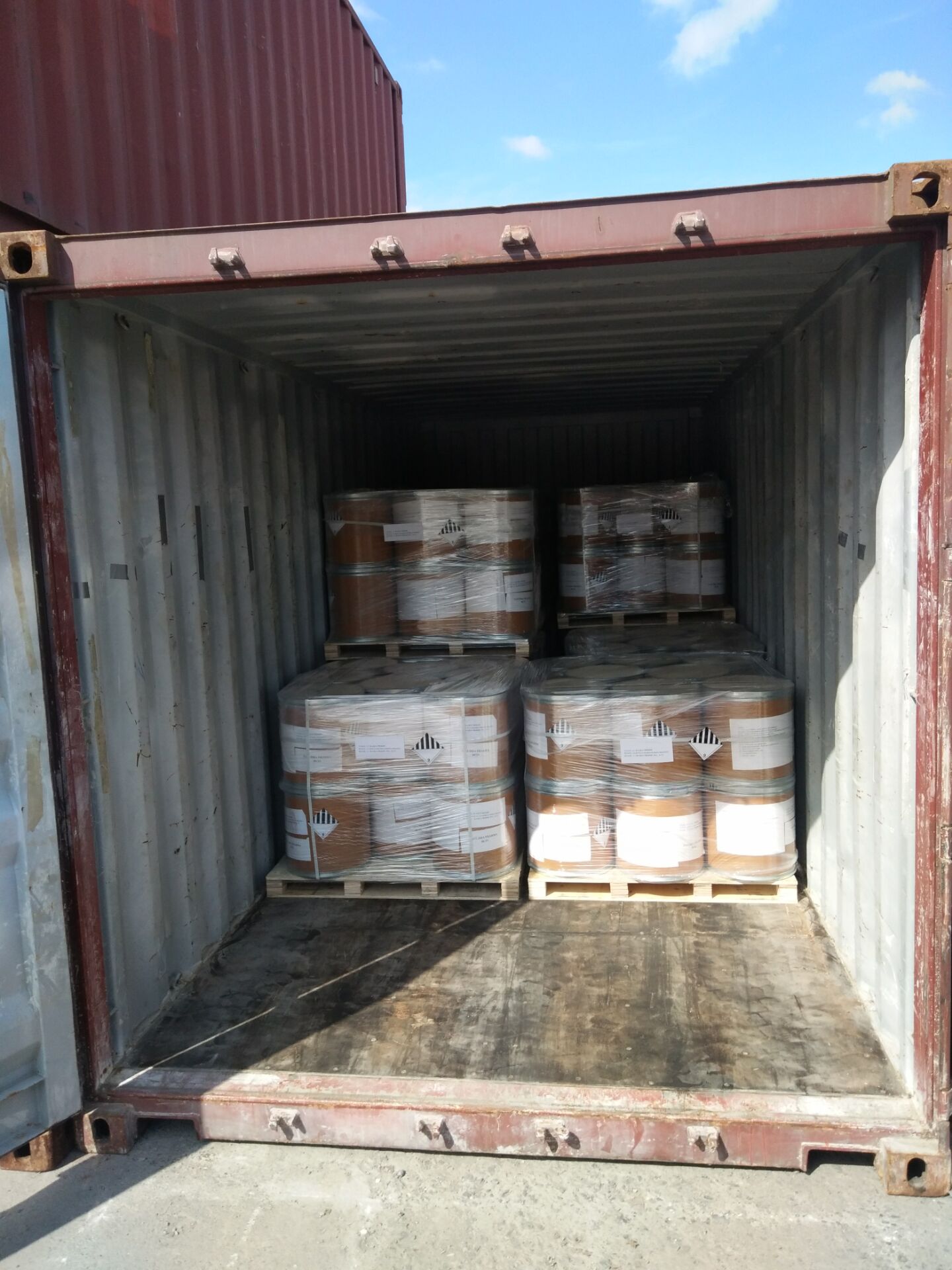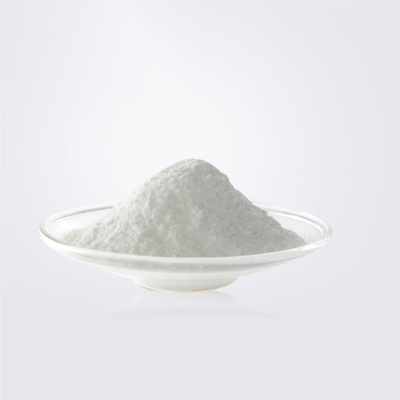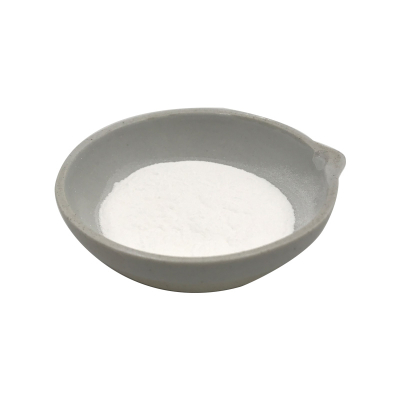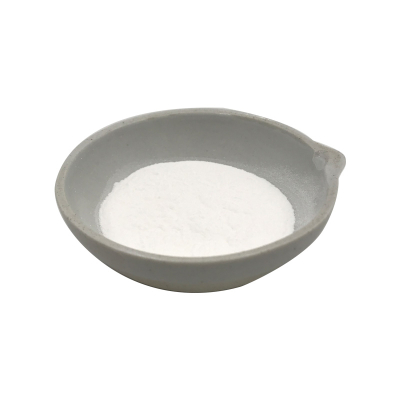Sodium carboxymethyl cellulose CAS#9004-32-4
Sodium carboxymethyl cellulose CAS#9004-32-4 Promotion Season Now in Store and Free Sample for Testing with Factory Price
Chemical Name:Sodium carboxymethyl cellulose
CAS No.9004-32-4
Molecular Formula:C6H7O2(OH)2CH2COONa
Molecular weight:0
Sample: Available
Mode of Transportation
1. By Air, fast but expensive.
2. By Sea, usual and economy.
3. By Train, suit for middle Asia countries.
4. By Express, suit for small package.
We only provide highest quality goods available, accompanied by after support!
Products Description of Sodium carboxymethyl cellulose CAS#9004-32-4
Sodium carboxymethylcellulose (CMC) is a carboxymethylated derivative of cellulose, also known as cellulose gum. It is an anionic cellulose ether and the main ionic cellulose gum. It is usually an anionic polymer compound obtained by reacting natural cellulose with caustic soda and monochloroacetic acid. The molecular weight of the compound ranges from several thousand to millions. CMC is a white or milky white fibrous powder or granule with a density of 0.5-0.7 g/cm3. It is almost odorless and tasteless and hygroscopic. It is easily dispersed in water to form a transparent colloidal solution and is insoluble in organic solvents such as ethanol. The pH of a 1% aqueous solution is 6.5-8.5. When the pH is >10 or <5, the viscosity of the glue is significantly reduced, and the performance is best at pH=7. It is heat-stable. The viscosity rises rapidly below 20°C and changes slowly at 45°C. Heating for a long time above 80°C can denature the colloid and significantly reduce the viscosity and performance. It is easily soluble in water, and the solution is transparent. It is very stable in alkaline solution, and is easily hydrolyzed in acid. Precipitation will occur when the pH value is 2-3, and it will also react and precipitate in the presence of multivalent metal salts. Solid CMC is relatively stable to light and room temperature, and can be stored for a long time in a dry environment.
Sodium carboxymethyl cellulose Chemical Properties
Melting point | 274 °C (dec.) |
density | 1,6 g/cm3 |
FEMA | 2239 | CARBOXYMETHYLCELLULOSE |
storage temp. | room temp |
solubility | H2O: 20 mg/mL, soluble |
form | low viscosity |
pka | 4.30(at 25℃) |
color | White to light yellow |
PH | pH (10g/l, 25℃) 6.0~8.0 |
Odor | Odorless |
PH Range | 6.5 - 8.5 |
Water Solubility | soluble |
Merck | 14,1829 |
Stability: | Stable. Incompatible with strong oxidizing agents. |
EPA Substance Registry System | Sodium carboxymethyl cellulose (9004-32-4) |
Safety Information
Risk Statements | 40 |
Safety Statements | 24/25 |
WGK Germany | 1 |
RTECS | FJ5950000 |
F | 3 |
Autoignition Temperature | 698 °F |
TSCA | Yes |
HS Code | 39123100 |
Toxicity | LD50 oral in rabbit: > 27gm/kg |
Product Application of Sodium carboxymethyl cellulose CAS#9004-32-4
Sodium carboxymethyl cellulose can be used as a thickener, stabilizer, and emulsifier. The specific application areas are as follows: 1. Application of CMC in food Edible CMC has the characteristics of thickening, emulsification, shaping, water retention, and stability. Adding CMC to food can reduce the production cost of food, improve the grade of food, improve the taste of food, and extend the shelf life of food. It is an ideal food additive for the food industry and can be widely used in the production of various solid and liquid beverages, canned foods, candies, cakes, meat products, biscuits, instant noodles, rolled noodles, quick-cooked foods, quick-frozen flavored snacks, and soy milk, yogurt, peanut milk, fruit tea, fruit juice and other foods. In different foods, CMC has different uses and dosages. 2. Uses of CMC in the pharmaceutical industry: In the pharmaceutical industry, it can be used as
Factory and Equipment Show
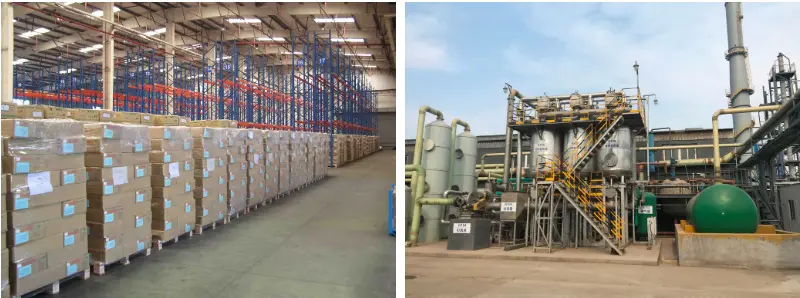
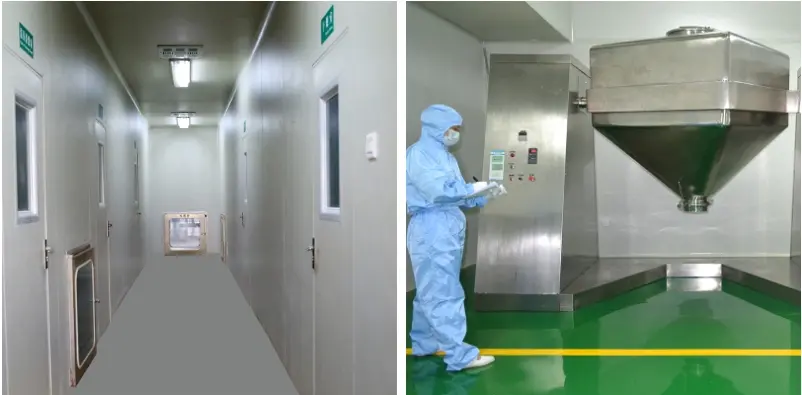
Fast delivery time
Inventory 2-3 working days New production 7-10 working days
